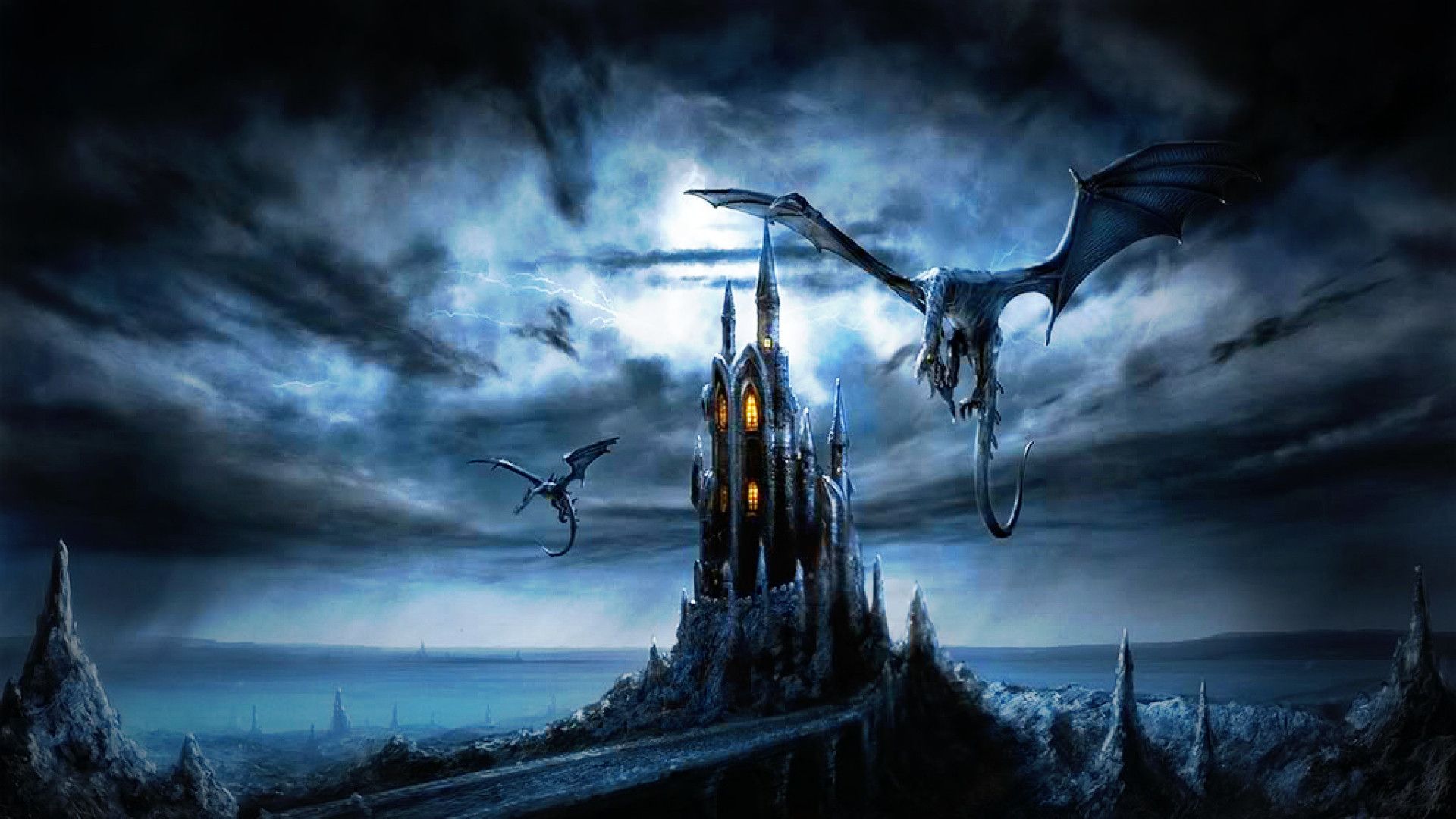



But it was affordable and widely available in the US from the omnipresent RadioShack stores, leading to a healthy software development scene. Originally paired with a monochrome monitor (basically a cheap black-and-white TV set) and a standard cassette deck, the TRS-80 was nicknamed the Trash-80 by fans of the Apple II and Commodore PET. Text favourite … the Tandy TRS-80 Model 100, Photograph: Nicole Lacourse/Guardian News & Media Archive Basically an arcade machine disguised as a PC. Sharp X68000 (1987)Ī key Japanese personal computer of the late 1980s, the X68000 featured a 16-bit Motorola 68000 CPU, like the Atari ST and Amiga, but with added graphics performance including support for hardware sprites and hardware scrolling, allowing almost perfect conversions of coin-op classics such as R-Type and Final Fight. With excellent graphics and sound, it was a good gaming workhorse and many users cherished its outsider status amid the Spectrum v C64 playground wars. Unfairly considered the also-ran computer of the 1980s, the Amstrad was acclaimed on arrival thanks to its impressive specs and integrated design, which included the keyboard and tape deck into one stylish unit. Initially only programmable through a series of RAM switches on the front, it was hardly a mass-market product, but it got a lot of young nerds into coding (most famously Bill Gates and Paul Allen), and adding a terminal and monitor allowed simple games development. Photograph: Future Publishing/Future/Getty ImagesĪvailable via mail order for just $400 (a fraction of the cost of commercial computers at the time) and built around the 2MHz Intel 8080 CPU, the Altair effectively kickstarted the home microcomputer industry.


 0 kommentar(er)
0 kommentar(er)
